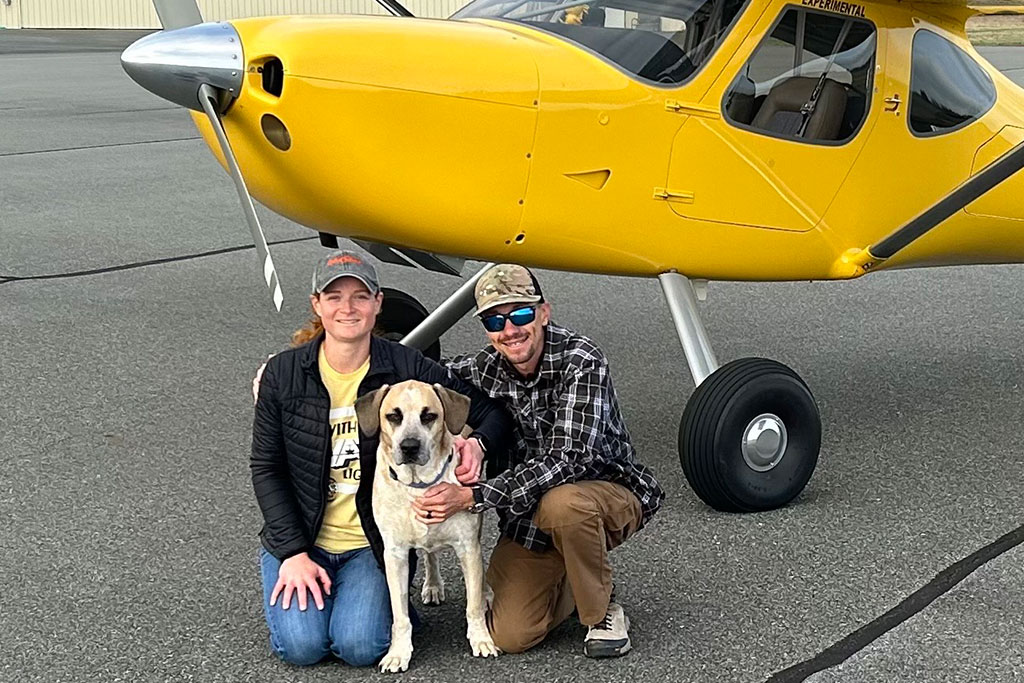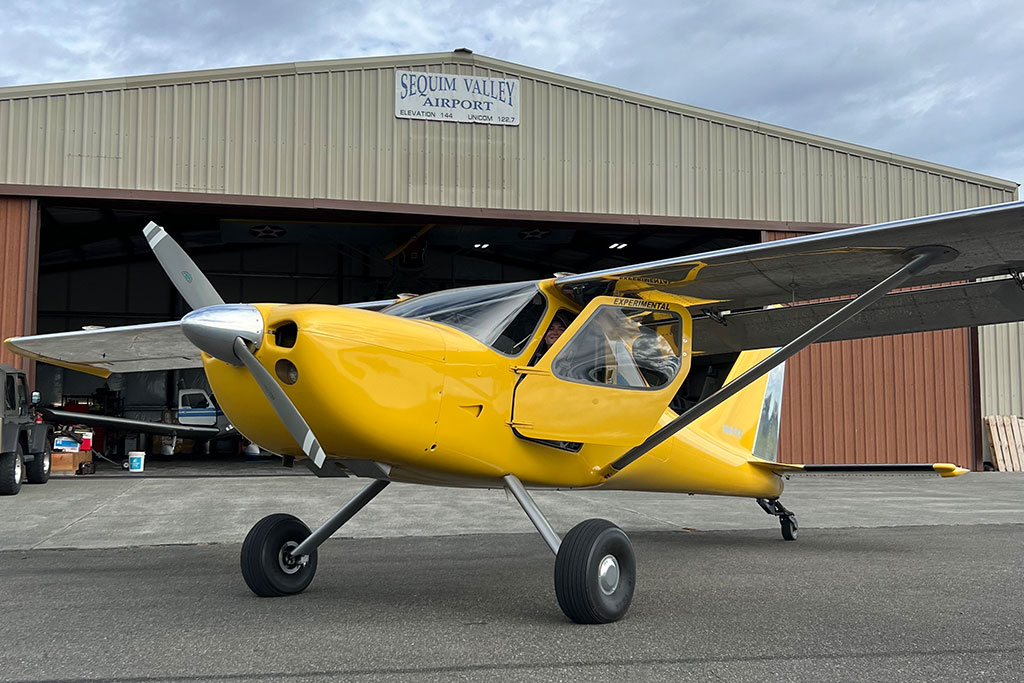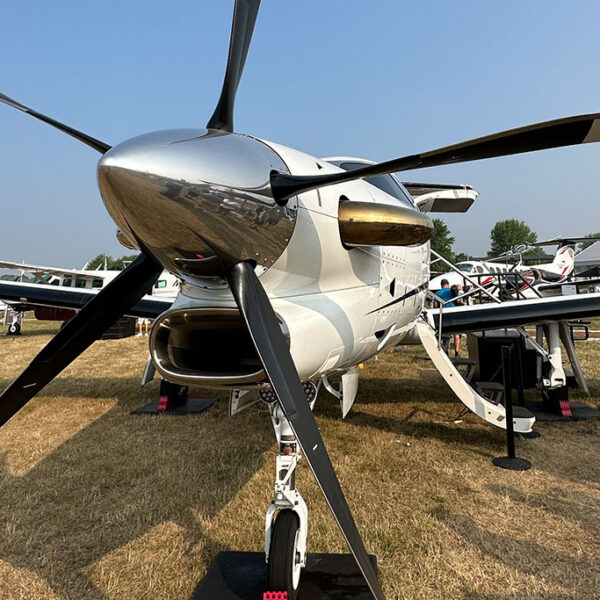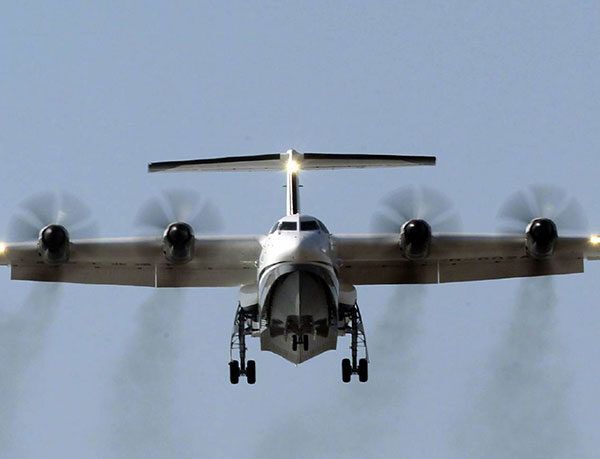Cross-Country Adventure: An Epic Flying Trip Through the Western US
After serving overseas for seven months with the Army Reserve, which included missing the
EAA Airventure fly-in for the first time since 2016, I required some quality time off. I decided that one of the best ways to enjoy the summer was to take a two-week vacation in the family airplane we call Woodstock. Woodstock is a 2000 Glastar – an experimental, two-seat, high-wing, single-engine piston airplane that resembles a small Cessna.

The trip would serve two purposes: quality time with my wife in our little tailwheel adventure machine, and also offering time to catch up with family and friends I had not seen due to my pre-deployment training and subsequent mobilization.
The plan was initially conceived by my wife. As a flight instructor, airline pilot, and A&P
mechanic, she’s just about the best possible companion to have along on an airplane adventure. Flying the trip with an instructor was also a good opportunity to get comfortable flying our airplane again after a long absence.
As we began plotting where we wanted to visit, the trip took shape as a two-week journey requiring extensive planning for overnights and maintenance along the way. In addition to planning for the logistics, we also aimed to see as many sights as we could in the time we could get off from our busy schedules.
After spending the better part of ten months exclusively flying the UC-35, the Army variant of the Cessna Citation Ultra, my tailwheel and VFR skills had become quite rusty. We created an itinerary that served as an extended training experience while also allowing time in two destinations to catch up with family over multiple days.

Originally built as a tricycle-gear aircraft, Woodstock was converted to a tailwheel twenty years after his first flight. And, of course, while tailwheel aircraft have some significant benefits over their tricycle gear counterparts, their relatively unstable nature on the ground demands pilot proficiency. Fortunately, we have found the aircraft to be very forgiving. It also shines in the air, flying at the lower density altitudes found along the west coast, particularly in the fall and winter.
We planned for two days to get from Denver to San Diego and aimed to take advantage of cool morning temperatures to depart from the high-altitude, high-density Colorado mountains. From there, the plan was to spend a few days exploring Southern California and visiting family before migrating north to visit friends in the Olympic Peninsula of Washington state. One fuel stop was all we needed to get to our first overnight of the trip, the scenic plateau airport at Sedona, Arizona.
Mountain flying in a 150-horsepower aircraft requires a cautious blend of planning and flexibility. Our first planned stop was Durango, Colorado, where Woodstock was initially brought to life. Leaving early in the morning allowed us to avoid the gusty winds and turbulence that develop in the mountains as the temperatures increase later in the day.
Our plan to fly the passes west from Colorado Springs into Gunnison and the Black Canyon region was quickly foiled by high winds. An hour into the trip, we had to divert to a new destination, as flying through passes with high winds is a recipe for disaster at altitudes in Colorado.

A quick review of Foreflight showed calm winds at a favorite nearby airport of mine, Telluride. Nestled high on a plateau, Telluride offers one of the most scenic approaches in the United States, combined with surprisingly low fuel prices at the self-serve fuel farm. We quickly pivoted west away from the gusty winds and, after a short but beautiful visit, continued to Sedona.
As we prepared for the second day, our focus shifted from high density altitudes to the extremely busy airspace surrounding San Diego. The San Diego Class B airspace has two primary airports instead of one to protect the high volume of traffic at Marine Corps Air Station Miramar as well as the busiest single-runway airport in the country, Lindbergh Field near downtown San Diego.
A quick review showed less expensive fuel and ramp fees at Gillespie Field on the east side of San Diego, while Montgomery Field was much closer to our destination. Where flexibility rewarded us in the mountains, planning paid off for us in San Diego. A quick call to the airports showed that, while Gillespie was less expensive on paper, the full-service FBO at Montgomery would waive three days of overnight charges if we took fuel there. The result was that for our three-day stay, the more convenient airport also ended up being less expensive while also providing a full-service FBO to keep an eye on the plane during the stay.
We planned on remaining in Southern California for five days, but the intention was to use our airplane to travel around the region during our stay. At the end of our stay at Montgomery, ACI Jet at San Luis Obispo became our home for the evening, and in exchange for buying fuel from them and keeping the airplane with them, we were given a complimentary wine tasting at nearby vineyards.
This overnight in San Luis Obispo also positioned us north of the busy Los Angeles airspace to allow for a quick visit to our friends at Santa Paula, near Camarillo, followed by a return to San Diego via the iconic Catalina Airport in the Sky. This meant that, having traversed through the mountains of Colorado and the deserts of Arizona, it was time for the overwater portion of our journey.

While Catalina rests only about 18 miles from Los Angeles at the narrowest point, we prepared for contingencies just the same. Donning life vests for the quick flight over to Catalina, we departed Santa Paula in a loose two-ship formation with a local friend in his own Glastar. Climbing up to 9,500 feet, we remained within glide distance of land for the entire flight should the worst happen. Landing at Catalina was a bucket list item for us, and the short, uphill-sloped runway proved easy work for Woodstock. Gone are the DC-3s long used to bring supplies to the island, but the bison still roam the island, and the airport staff still keeps a naughty list of those who violate the strict curfew or skip the small landing fee that helps keep the airport operating.
With our return to San Diego being our last evening in Southern California, we flew the published VFR corridor before returning to Gillespie for our one-night stay. This corridor takes a GA pilot directly over Lindbergh arrivals, past downtown and the iconic Coronado Bridge, and then clear of the Class B airspace to the south. ATC kept a watchful eye on us as we watched a magnificent sunset from 4,000 feet with Petco Park on our left and Naval Air Station North Island on our right.
After extending our stay by one day to attend the Miramar Airshow, we prepared for our migration north. My wife served four years in the Coast Guard in Port Angeles, Washington and was overdue for a return visit. With friends offering hangar space and a need to change the oil before completing our journey, we plotted our trip from the southwest corner of the country to the northwest. Reflecting on the first half of our two-week trip showed us the balance required between proper planning and the need for flexibility.

Flying for the airlines or the military drives the value of planning and standard procedures into a pilot. Particularly in the airline industry, well-established SOPs are a necessity when flying with complete strangers, as they create a common language we can share. In the military, mission planning can take days to evaluate as many outcomes as possible and create contingencies. Detailed planning is still essential in general aviation – it helps pilots identify those same hazards and prepare an alternate plan.
Once the trip has begun, a military truism comes to mind: “No plan of operations extends with any certainty beyond the first encounter with the main enemy force.” While we seldom face the threats of air defense systems or enemy aircraft in our civilian flying, we can still see the need for operational flexibility. We can plan for the weather, airport construction, or human factors, but the threats we may end up encountering are usually the least expected.
Such meticulous planning also helps identify and mitigate threats, freeing our brains to react when the unexpected arises. We use our experience to prepare for the dangers we can expect, while also relying on it to adjust the plan when the unforeseen gets in our way.
Ultimately, applying our airline and military planning and aeronautical decision-making (ADM) to pleasure flying in general aviation ensured that our flying adventure went smoothly and safely. And in doing so, we enjoyed time together while training to build proficiency, exploring faraway destinations, and visiting friends. Time off, well spent.
Topics Related To: MODERN AVIATION
Three Takeaways from the Futuristic Otto Aerospace Phantom 3500
A real-world look at the onboard experience promised by the upcoming Otto Phantom 3500, its virtual windows, and its unique blend of super-midsize dimensions and light jet efficiency.
Beechcraft Denali Progressing Toward Certification
Beechcraft’s Denali program surpasses 3,300 flight hours as it progresses toward type certification and entry into service.
Massive Chinese Amphibious Firefighting Aircraft to Enter Production
Offering unmatched size and water capacity, China’s new AG600 firefighting aircraft could disrupt the market.





